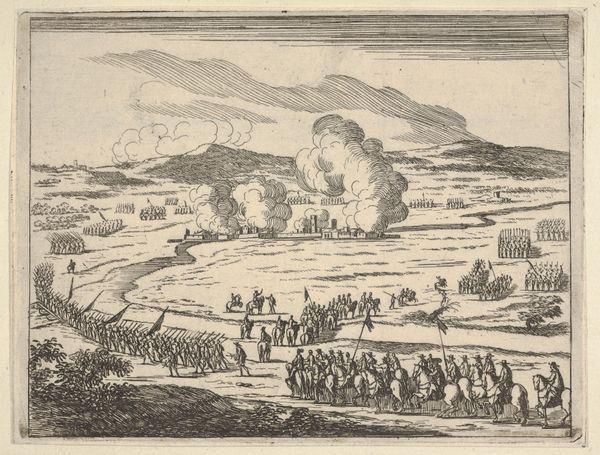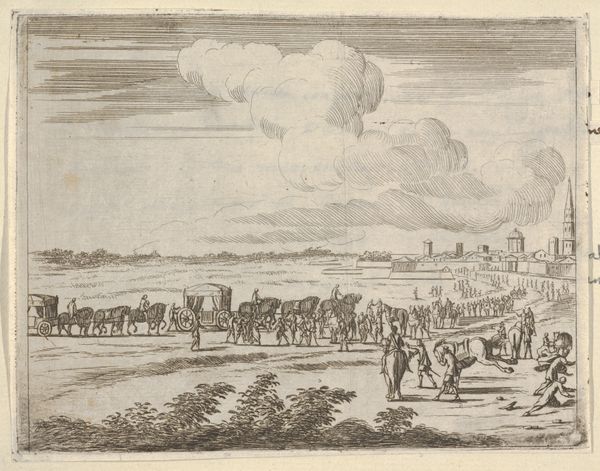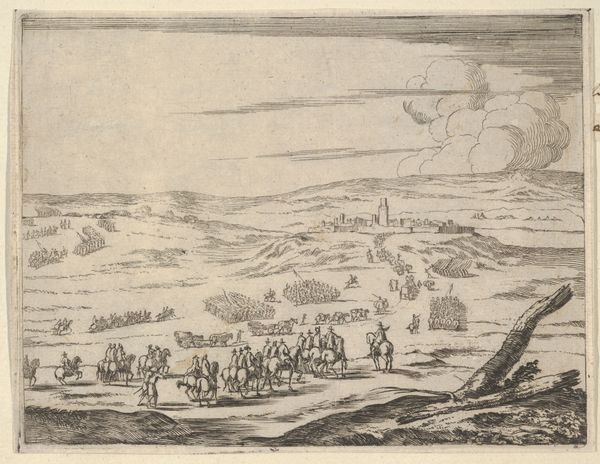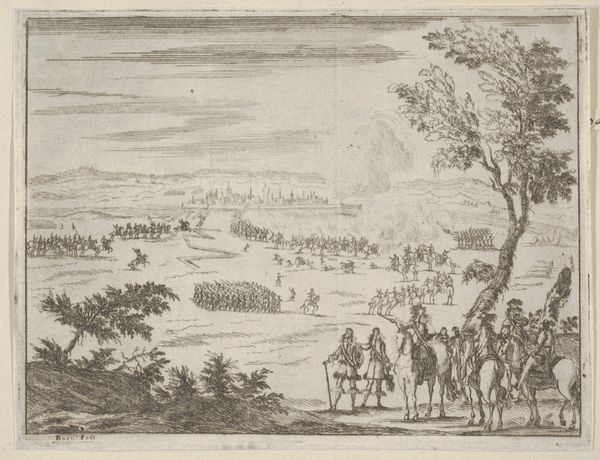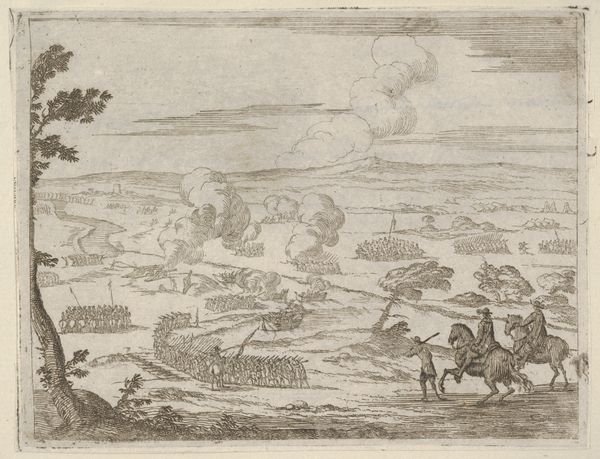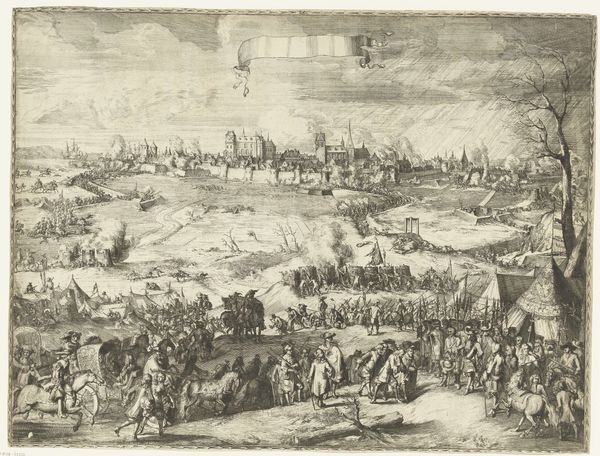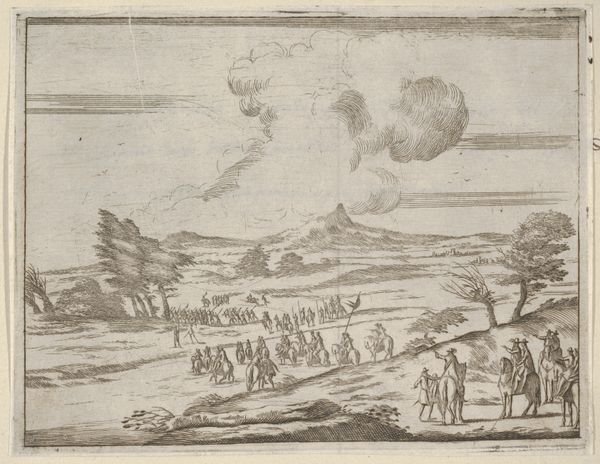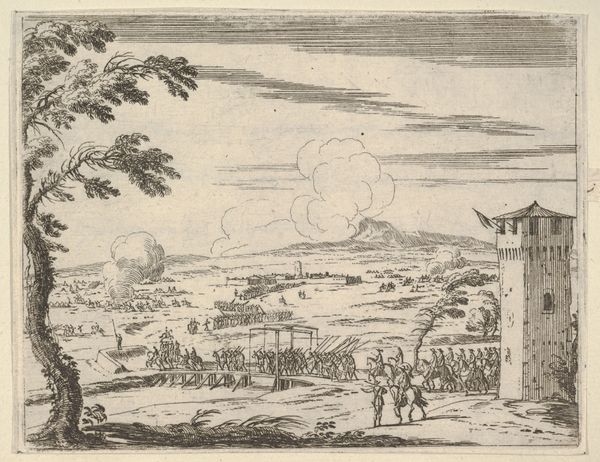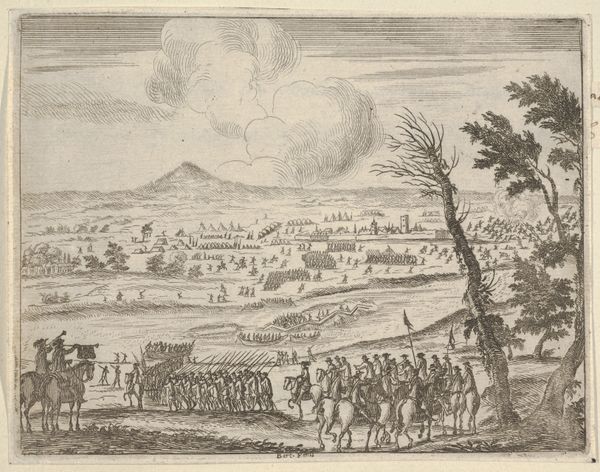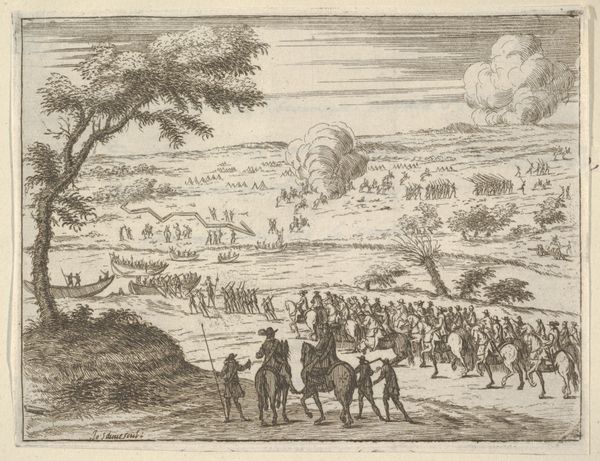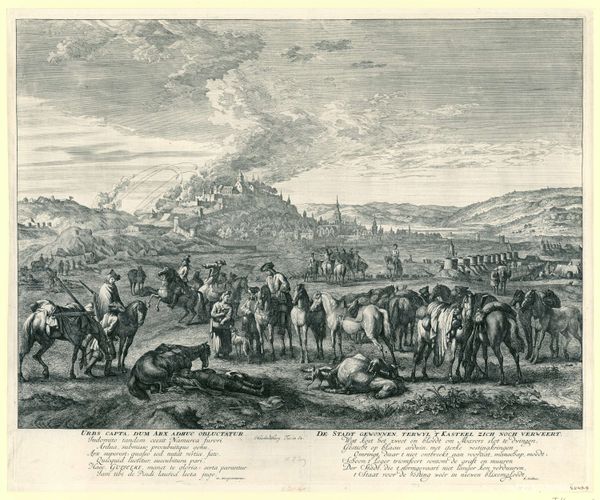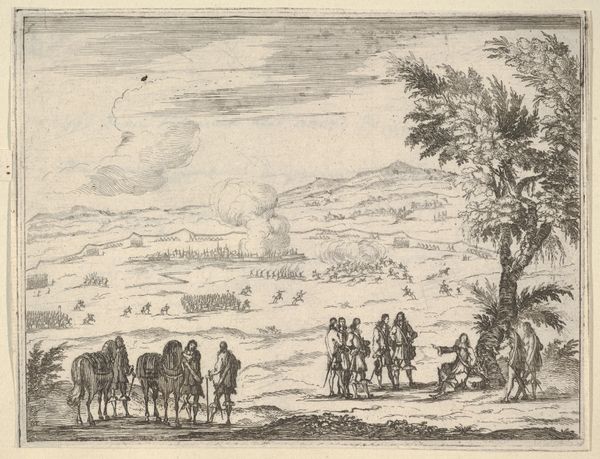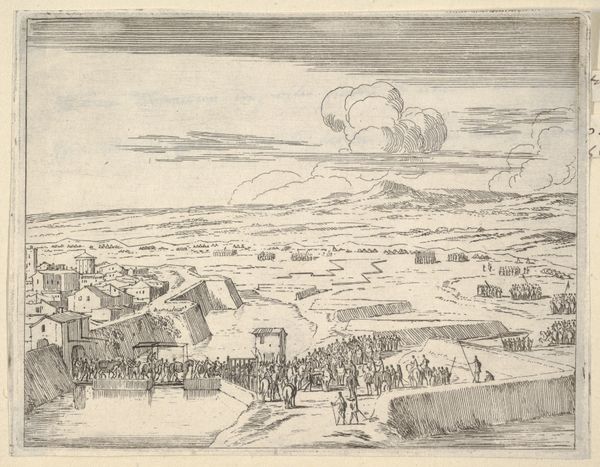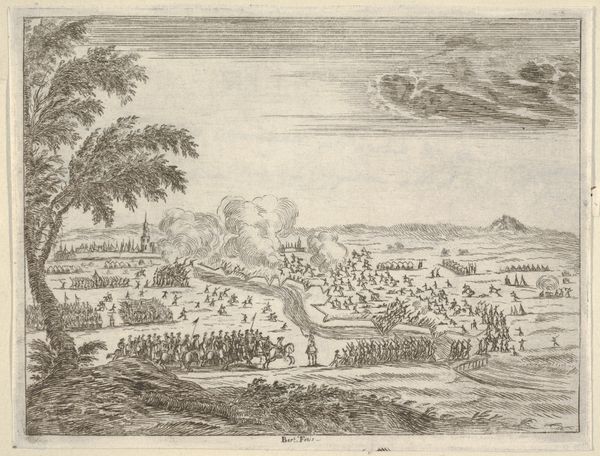![After a Long Seige, Francesco I d'Este, with the Aid of the French Army, Takes Valencia, from L'Idea di un Principe ed Eroe Cristiano in Francesco I d'Este, di Modena e Reggio Duca VIII [...] by Bartolomeo Fenice (Fénis)](/_next/image?url=https%3A%2F%2Fd2w8kbdekdi1gv.cloudfront.net%2FeyJidWNrZXQiOiAiYXJ0ZXJhLWltYWdlcy1idWNrZXQiLCAia2V5IjogImFydHdvcmtzLzgxZmNlOGRmLWYzNWUtNGU4ZS1hZWQ4LTZmNTg3Y2Q0NjRkNi84MWZjZThkZi1mMzVlLTRlOGUtYWVkOC02ZjU4N2NkNDY0ZDZfZnVsbC5qcGciLCAiZWRpdHMiOiB7InJlc2l6ZSI6IHsid2lkdGgiOiAxOTIwLCAiaGVpZ2h0IjogMTkyMCwgImZpdCI6ICJpbnNpZGUifX19&w=3840&q=75)
After a Long Seige, Francesco I d'Este, with the Aid of the French Army, Takes Valencia, from L'Idea di un Principe ed Eroe Cristiano in Francesco I d'Este, di Modena e Reggio Duca VIII [...] 1659
0:00
0:00
drawing, print, engraving
#
drawing
#
baroque
# print
#
horse
#
history-painting
#
italy
#
engraving
Dimensions: Sheet: 4 13/16 × 6 1/4 in. (12.2 × 15.8 cm) Plate: 4 13/16 × 6 1/8 in. (12.2 × 15.5 cm)
Copyright: Public Domain
Curator: This is Bartolomeo Fenice's "After a Long Siege, Francesco I d'Este, with the Aid of the French Army, Takes Valencia," an engraving from 1659. The composition certainly packs a lot into one scene. Editor: It does. My first thought is that it seems really preoccupied with depicting order and power. All of those lines of soldiers! What do you make of it? Curator: Let’s examine how Fenice constructs meaning through the very structure of the engraving. Notice the receding lines. Do you observe how they draw the eye towards the vanishing point, emphasizing the depth of the scene? How does this spatial organization affect your interpretation? Editor: I see what you mean! The depth definitely amplifies the scale of the army. It feels less like individual people and more like a huge, unstoppable unit. Almost… inhuman, maybe? Curator: Precisely. Consider, also, the treatment of line. Short, controlled strokes create a sense of texture and detail, especially in the foreground. Yet, as we move towards the horizon, the lines become sparser, contributing to the overall sense of vastness. How does the interplay of light and shadow contribute to this effect? Editor: It flattens the image a little towards the back and adds to that idea of distance, but I hadn't thought of that specifically before. I was more focused on what was happening than *how* it was happening. Curator: Art isn't always about the story, is it? Fenice uses formal elements—line, space, and light—to convey power, authority, and the overwhelming force of Francesco I d'Este. Editor: I’m starting to look at it completely differently. Seeing how all these visual choices are deliberate—it makes the piece a lot more powerful than I initially thought. Curator: And isn’t that what makes art so fascinating? There is always more to observe and interpret, even in the simplest-seeming of lines. Editor: Definitely something to keep in mind as I look at more art, old and new. Thanks!
Comments
No comments
Be the first to comment and join the conversation on the ultimate creative platform.
